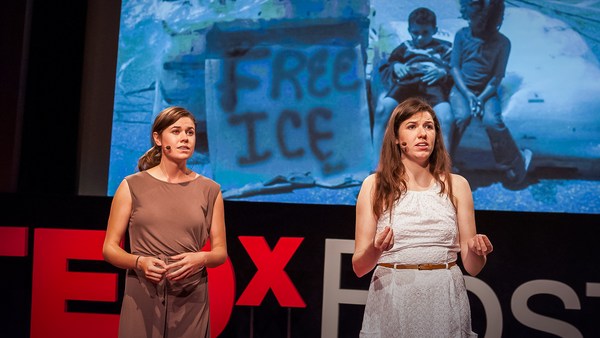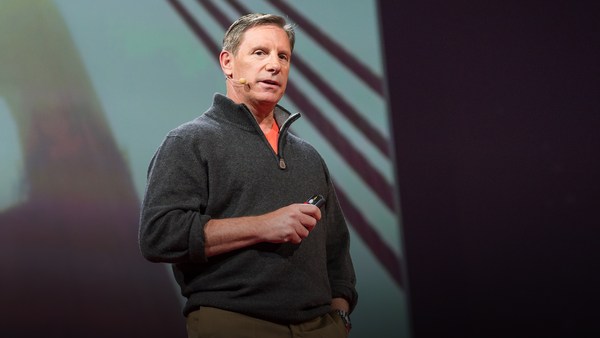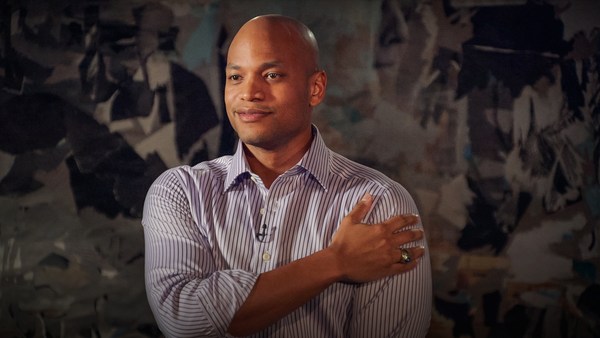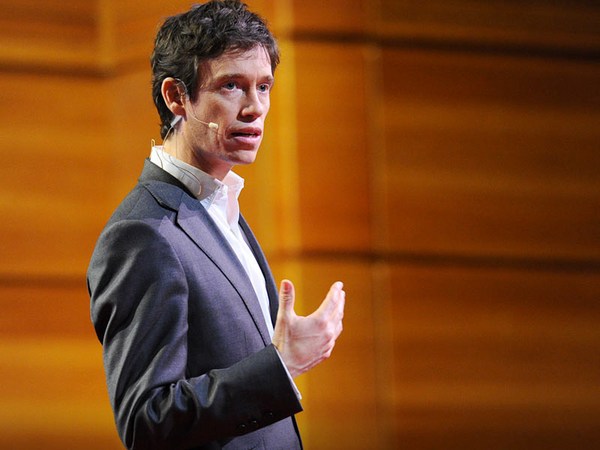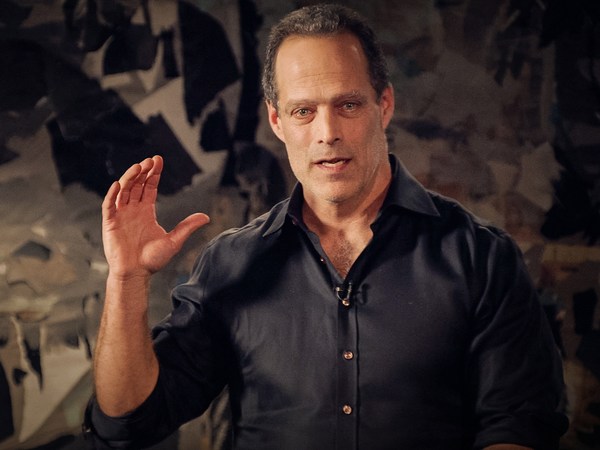Two years ago, after having served four years in the United States Marine Corps and deployments to both Iraq and Afghanistan, I found myself in Port-au-Prince, leading a team of veterans and medical professionals in some of the hardest-hit areas of that city, three days after the earthquake. We were going to the places that nobody else wanted to go, the places nobody else could go, and after three weeks, we realized something. Military veterans are very, very good at disaster response. And coming home, my cofounder and I, we looked at it, and we said, there are two problems. The first problem is there's inadequate disaster response. It's slow. It's antiquated. It's not using the best technology, and it's not using the best people. The second problem that we became aware of was a very inadequate veteran reintegration, and this is a topic that is front page news right now as veterans are coming home from Iraq and Afghanistan, and they're struggling to reintegrate into civilian life. And we sat here and we looked at these two problems, and finally we came to a realization. These aren't problems. These are actually solutions. And what do I mean by that?
Well, we can use disaster response as an opportunity for service for the veterans coming home. Recent surveys show that 92 percent of veterans want to continue their service when they take off their uniform. And we can use veterans to improve disaster response. Now on the surface, this makes a lot of sense, and in 2010, we responded to the tsunami in Chile, the floods in Pakistan, we sent training teams to the Thai-Burma border. But it was earlier this year, when one of our original members caused us to shift focus in the organization.
This is Clay Hunt. Clay was a Marine with me. We served together in Iraq and Afghanistan. Clay was with us in Port-au-Prince. He was also with us in Chile. Earlier this year, in March, Clay took his own life. This was a tragedy, but it really forced us to refocus what it is that we were doing. You know, Clay didn't kill himself because of what happened in Iraq and Afghanistan. Clay killed himself because of what he lost when he came home. He lost purpose. He lost his community. And perhaps most tragically, he lost his self-worth.
And so, as we evaluated, and as the dust settled from this tragedy, we realized that, of those two problems -- in the initial iteration of our organization, we were a disaster response organization that was using veteran service. We had a lot of success, and we really felt like we were changing the disaster response paradigm. But after Clay, we shifted that focus, and suddenly, now moving forward, we see ourselves as a veteran service organization that's using disaster response. Because we think that we can give that purpose and that community and that self-worth back to the veteran. And tornadoes in Tuscaloosa and Joplin, and then later Hurricane Irene, gave us an opportunity to look at that.
Now I want you to imagine for a second an 18-year-old boy who graduates from high school in Kansas City, Missouri. He joins the Army. The Army gives him a rifle. They send him to Iraq. Every day he leaves the wire with a mission. That mission is to defend the freedom of the family that he left at home. It's to keep the men around him alive. It's to pacify the village that he works in. He's got a purpose. But he comes home [to] Kansas City, Missouri, maybe he goes to college, maybe he's got a job, but he doesn't have that same sense of purpose. You give him a chainsaw. You send him to Joplin, Missouri after a tornado, he regains that.
Going back, that same 18-year-old boy graduates from high school in Kansas City, Missouri, joins the Army, the Army gives him a rifle, they send him to Iraq. Every day he looks into the same sets of eyes around him. He leaves the wire. He knows that those people have his back. He's slept in the same sand. They've lived together. They've eaten together. They've bled together. He goes home to Kansas City, Missouri. He gets out of the military. He takes his uniform off. He doesn't have that community anymore. But you drop 25 of those veterans in Joplin, Missouri, they get that sense of community back.
Again, you have an 18-year-old boy who graduates high school in Kansas City. He joins the Army. The Army gives him a rifle. They send him to Iraq. They pin a medal on his chest. He goes home to a ticker tape parade. He takes the uniform off. He's no longer Sergeant Jones in his community. He's now Dave from Kansas City. He doesn't have that same self-worth. But you send him to Joplin after a tornado, and somebody once again is walking up to him and shaking their hand and thanking them for their service, now they have self-worth again.
I think it's very important, because right now somebody needs to step up, and this generation of veterans has the opportunity to do that if they are given the chance. Thank you very much. (Applause)
